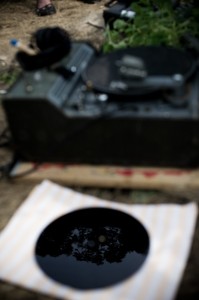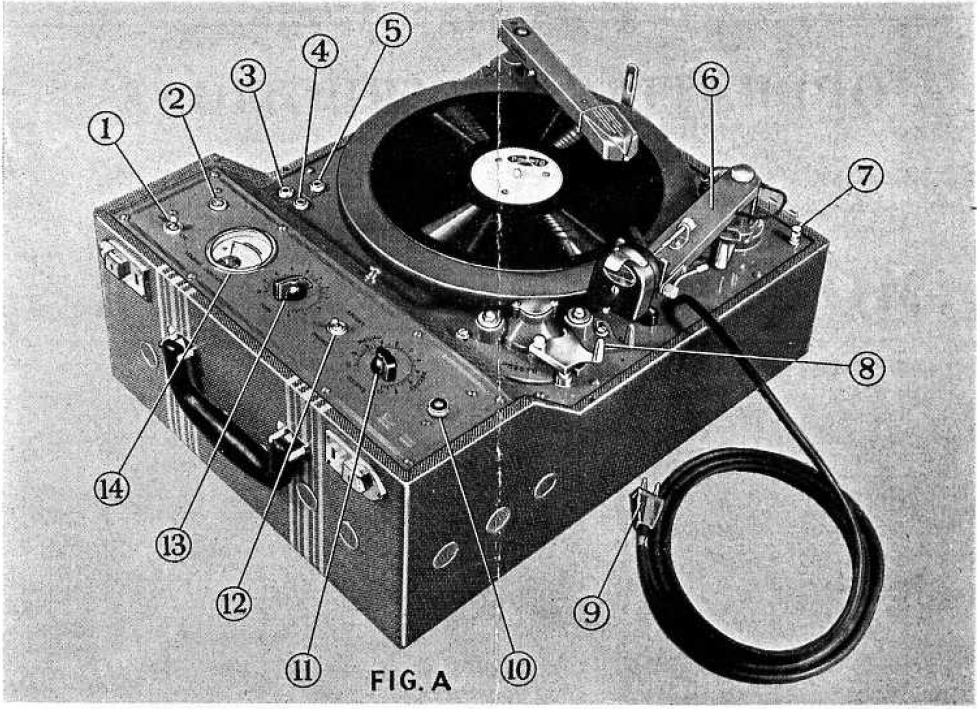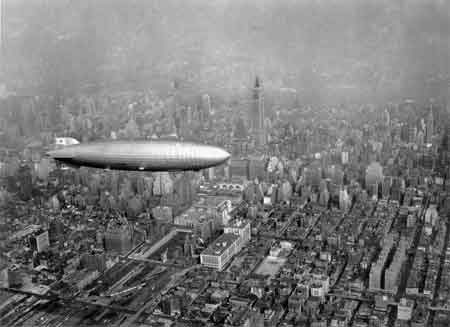Getting to know the PRESTO – #3 – Lucky atomic number 13, Acetates are hardcore
The shiny black surfaces of our blank acetates are mesmerizing. It’s easy to get stuck staring into one fresh out of the box. Fact is, though, as stunning and profound as the acetate is, it’s only skin deep. The core of these records is solid aluminum.
If you set the tension on the PRESTO’s cutting head incorrectly, you run the risk of your needle slicing straight through the acetate layer and hitting the aluminum core. Not only will the recording become unusable, but you will also waste your (expensive) needle.

Core Strength
During World War I & II, aluminum was essential for building airplanes, ships and weapons. This demand for raw elemental resources came at the height of PRESTO popularity, when the demand for recordings of American folk culture was also starting to take hold. So the PRESTO company offered an incentive program for broadcast companies and recording studios that were dealing with huge quantities of lacquer discs. The company would pay $.15 per used disc when they were returned in bulk. While it kept the company out of competition with the government over aluminum, this offer also led to the destruction of thousands of recordings from the 1940s.
But you can’t make airplanes out of glass.

Aluminum







